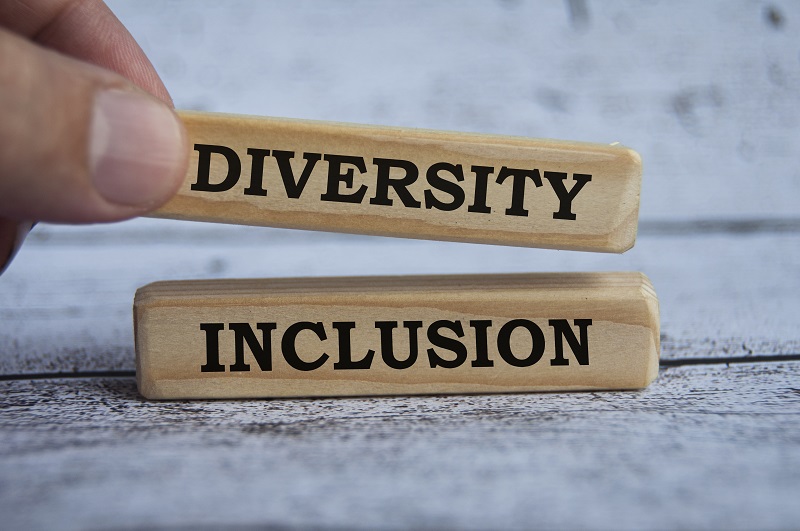Throughout this year, a significant number of companies have stepped up their efforts to improve diversity and inclusion (D&I), but there is still more to be done to create truly egalitarian workplaces.
D&I in the workplace is the practice of fostering an environment where all individuals are accepted and valued regardless of their differences. This includes differences in race, age, gender, sexual orientation, physical and mental ability, religion, socio-economic status, cultural backgrounds, and more.
Alongside striving for diversity from a moral perspective, organisations that embrace D&I see increased revenue, a business benefit becoming more important as a recession looms in the UK. Plus, taking the time to ensure a wide number of perspectives are being listened to at work boosts creativity, making for better output.
The benefits of having D&I in the workplace
Businesses should be strongly committed to creating an inclusive environment that celebrates diversity in all its forms. This can be achieved through various initiatives such as training programmes, recruitment strategies, and creating a workplace culture that supports inclusion and acceptance.
It has also been proven that diverse workforces are better at making decisions 87% of the time compared to non-diverse teams. As such, there is no denying the numerous business benefits associated with effective D&I activities, including the following:
- Improved performance: Studies have shown that companies with a D&I-focused workplace experience improved productivity, creativity, and innovation performance. It encourages a greater range of perspectives and can help to ensure that initiatives are tailored to the needs of different demographics.
- Improved employee retention: Companies tend to have higher levels of employee satisfaction and engagement, which leads to improved retention rates. The employees in such environments are more likely to remain with an organisation longer and are less likely to leave due to feelings of exclusion or marginalisation.
- Increased market reach: It also helps to expand a company’s customer base and reach new markets. Therefore, it drives growth and profitability and can lead to a competitive advantage over other companies that may not be as inclusive or diverse.
How to implement your D&I plan effectively
When HR executives acknowledge that they must guarantee D&I projects are planned out properly within their company, they must take action to make them a reality. They can achieve this by taking the time to recognise any unconscious prejudices they or others in the company may have.
Giving employees the opportunity to evaluate, analyse, and challenge their prejudices and presumptions through training seminars and workshops is a great way to help them learn more about unconscious bias. This can be done with groups of individuals from different teams where they can have open and honest discussions on the subject.
To begin with, HR can create a calendar to recognise different religious and cultural events throughout the year. Businesses should consider multi-faith holidays to acknowledge and celebrate different beliefs supporting religious diversity at work. It’s important to make space for employees to share their beliefs so they feel seen and everyone can gain a richer understanding.
Developing inclusive leadership practises
Whether from a financial or cultural standpoint, it’s clear how important D&I is to running a successful business. Realising this importance is the first essential step HR leaders need to take, with the second step being starting initiatives to ensure their business is going above and beyond. HR should be developing and implementing policies and procedures, providing education and training, to measuring and tracking progress.
Inclusive leadership is a key factor necessary for any organisation to create a diverse and inclusive workplace. Leaders should lead by example and model behaviour that reflects the organisation’s commitment to D&I. This could include creating employee resource groups, conducting unconscious bias training, and engaging with outside organisations and experts to learn how to create an inclusive environment. They should be visible advocates for diversity and inclusion and foster an environment where everyone can succeed. This can be done through mentorship, sponsoring, and creating opportunities for all individuals to learn, grow, and contribute.
By Jamie Mackenzie, Director at Sodexo Engage.







